AMD to begin disclosing Ryzen Zen 4c clock speeds and list the missing core counts on official spec pages — much-needed change will bring the company in line with standard industry practices

The arrival of AMD's Zen 4c cores to its lineup of consumer chips has brought new levels of core density and power-optimized performance to the company's portfolio. But AMD hasn't adhered to standard industry practice and divulged clock speeds for the new cores in any fashion. In fact, even the very presence of the smaller and less-performant Zen 4c cores has been absent from the company's main specification pages and marketing materials, leading to claims of deceptive marketing practices.
We asked AMD about the lack of clear communication around the new tech at its recent AI day, at which time the company told us it would review the policy. When we followed up a few weeks later for an update: AMD now tells Tom's Hardware it will begin divulging these specifications and displaying them more prominently in its materials, with the first updates to its website coming soon.
As with Intel's E-cores, AMD's Zen 4c cores are designed to consume less space on a processor die than the 'standard' performance cores (in AMD's case, Zen 4), while delivering enough performance for less demanding tasks, thus saving power and delivering more compute horsepower per square millimeter than was previously possible (deep dive here). But the similarities end there. Unlike Intel, AMD employs the same microarchitecture and supports the same features with its smaller cores. Still, they do operate at lower clock rates and thus offer less peak performance than standard cores.
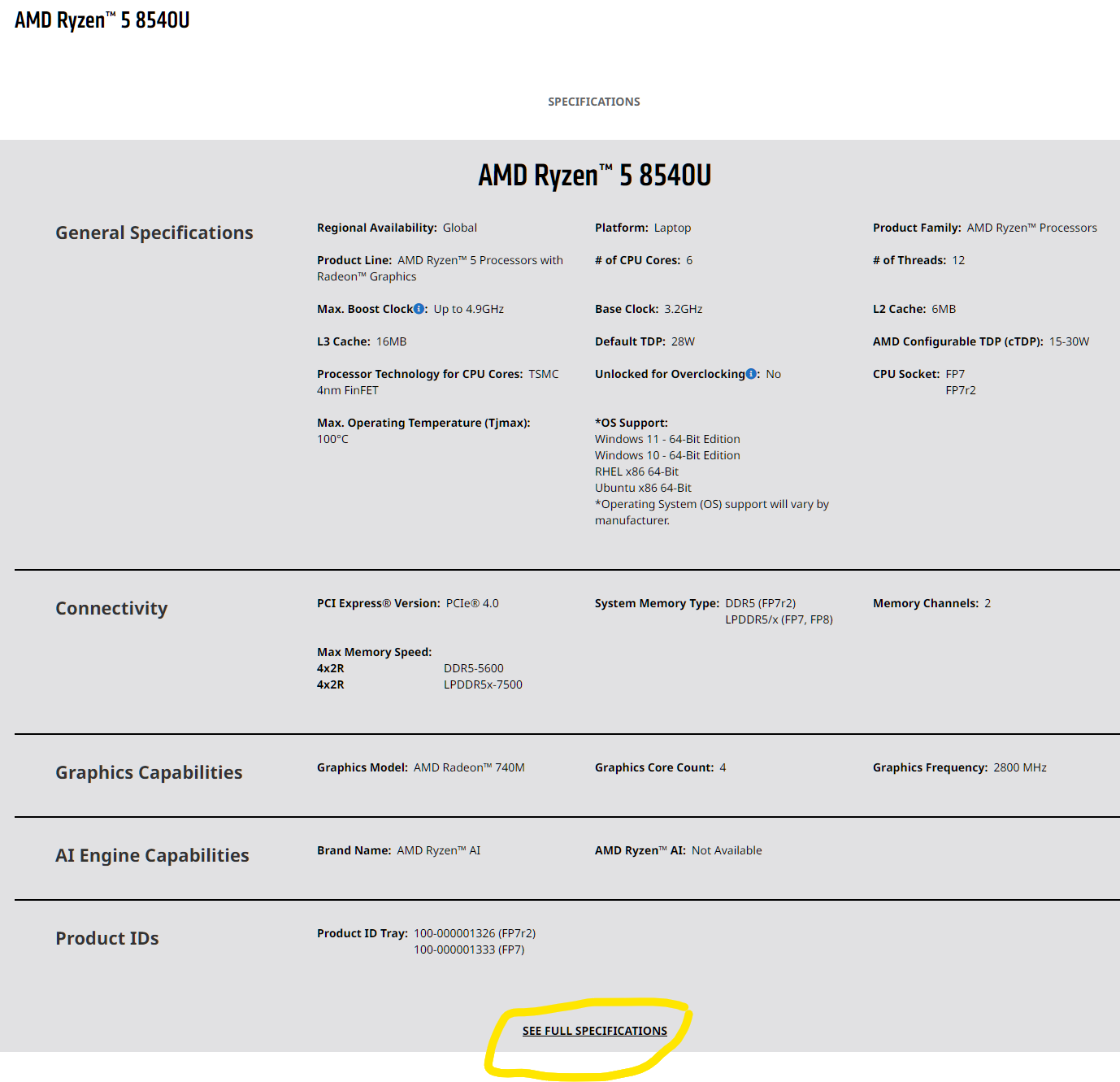
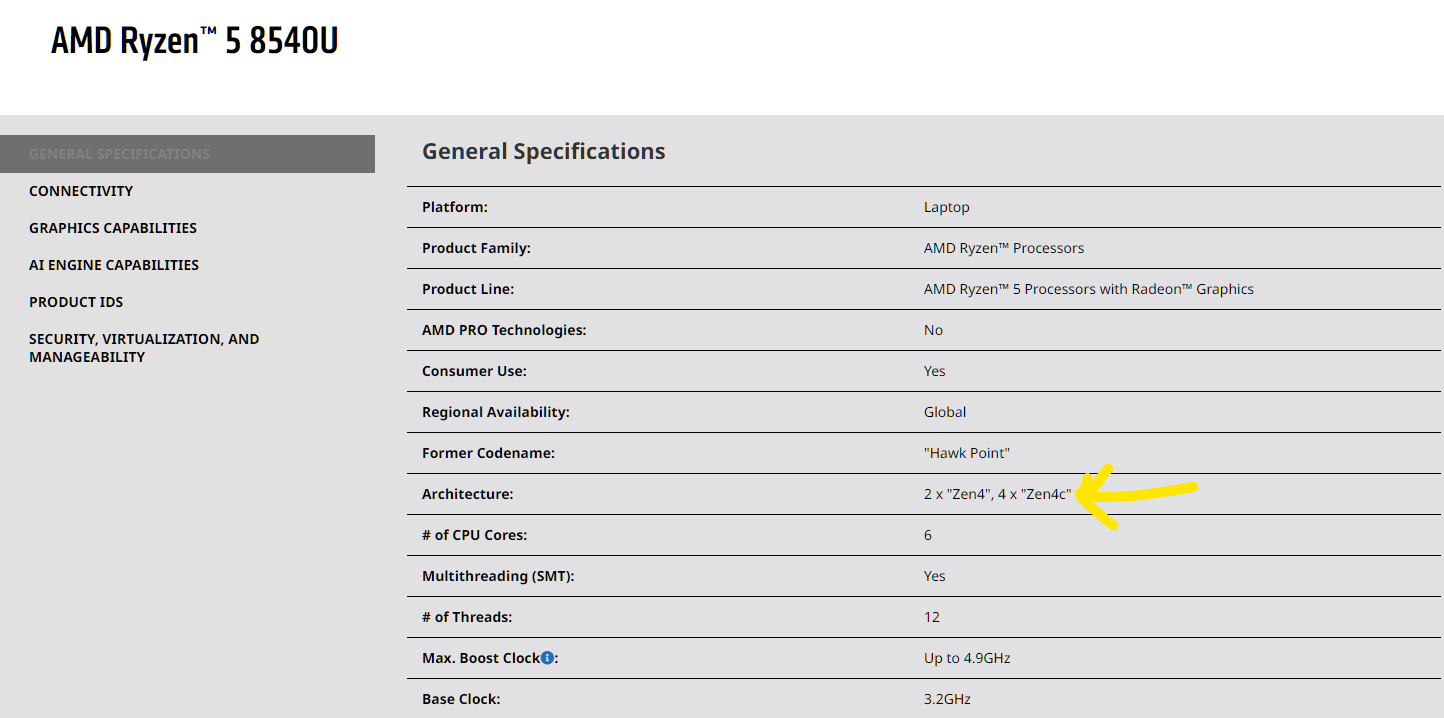
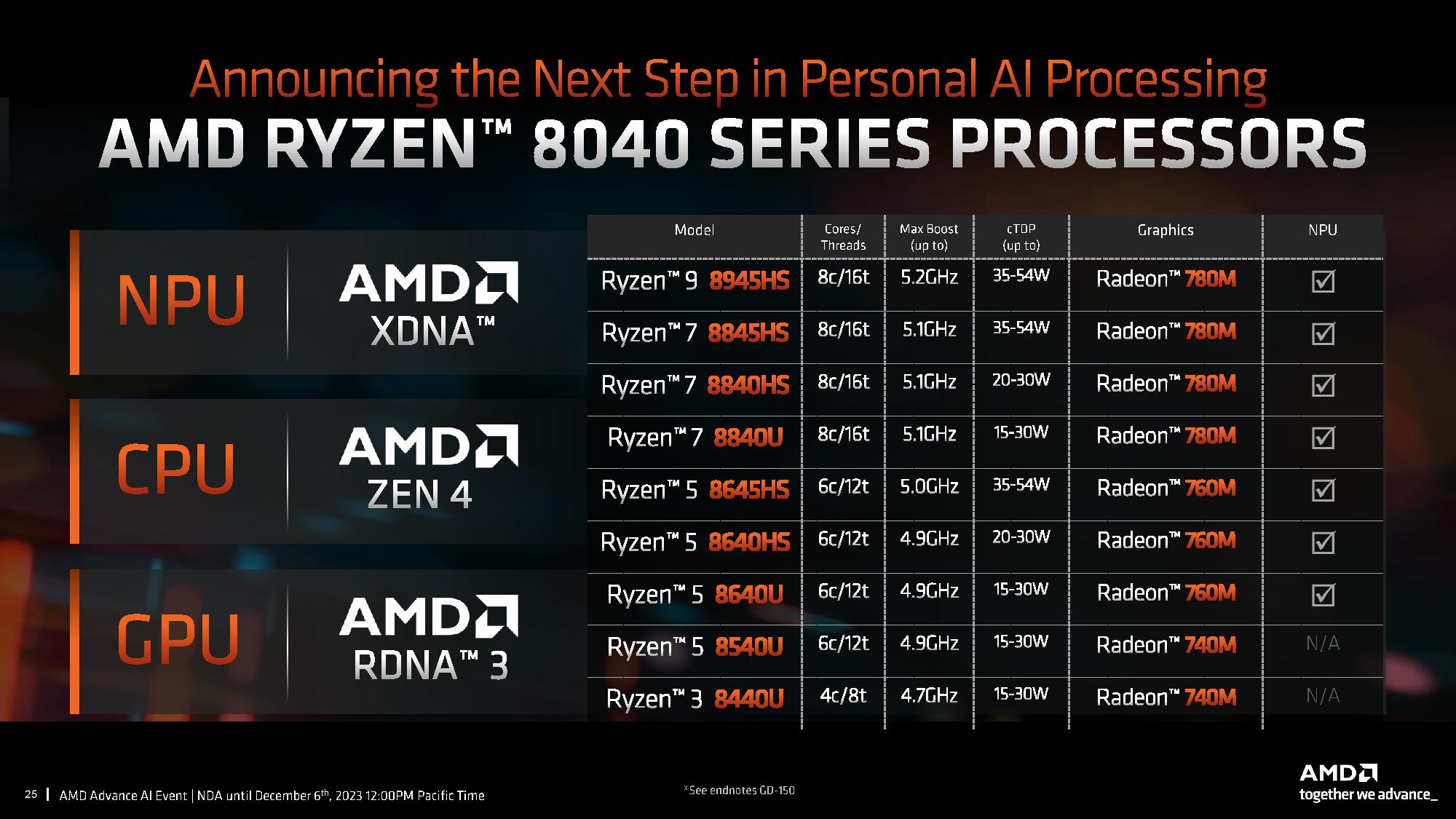
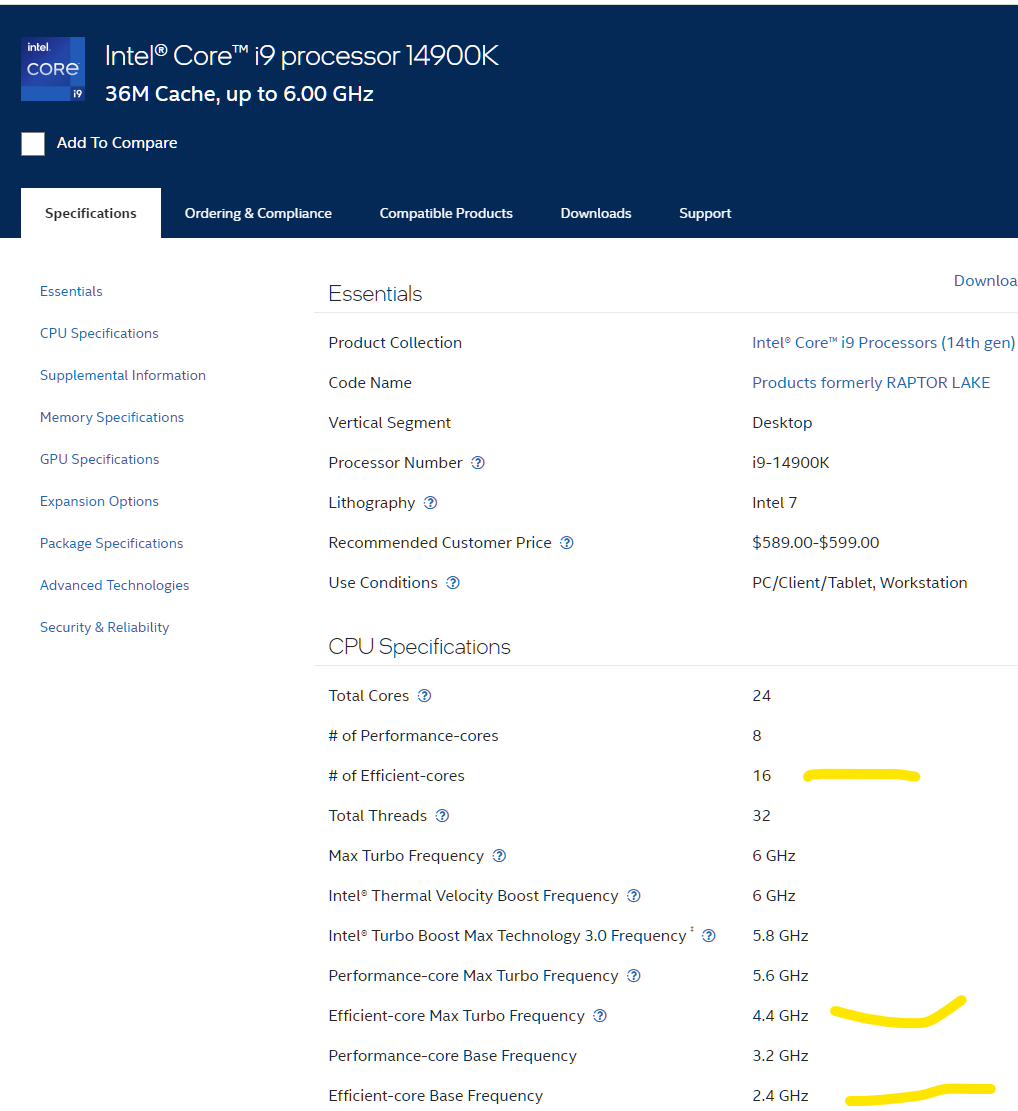
AMD currently has five consumer chips with its Zen 4c cores on the market, and the company takes the same approach with all of its listings for these chips. As shown in the image album above, AMD doesn't divulge the presence of the smaller Zen 4c cores on its main specifications page — you have to navigate to a secondary 'Full Specifications' page to even find a mention that the chips have Zen 4c cores. And even here, the listing is ambiguous. Most mainstream customers likely won't know what a "2 x Zen4, 4 x Zen4c" listing means, especially since this sole entry is listed in an 'architecture' row and not clearly listed as pertaining to core counts.
The lack of mention of the Zen 4c core counts on the standard spec page is particularly concerning because most retailers might not include the full specifications in their own listings. That could lead to deceptive product listings at retailers.
As you can see in the third slide, AMD also doesn't list the presence of Zen 4c cores in its marketing materials — the Ryzen 5 8540U and Ryzen 3 8440U both come with Zen 4c cores, but that isn't mentioned anywhere in AMD's presentations for its new Ryzen 8040 series processors. Instead, we only found out this detail after AMD posted the spec pages after the launch event. This is particularly concerning with the Ryzen 3 model, as it only has one standard Zen 4 core paired with three less-performant Zen 4c cores.
Additionally, unlike Intel's disclosures with its E-cores, where the presence and clock rates are prominently listed on all spec pages, AMD doesn't divulge Zen 4c clock rates at all — you won't find them anywhere. AMD tells us that “today, we divulge base [frequency] across the core spectrum, and max [frequency] across the core spectrum.” This means that while the processor's base frequency is ostensibly derived from the Zen 4c cores, the processor's maximum frequency is a listing of the standard Zen 4 core. Changes to these clock rates, particularly when AMD releases its next-gen products, will alter the fundamental performance characteristics of the chip, so disclosure is important.
Intel takes a different approach to its E-core strategy, with clear listings of both types of cores and clock rates in all of its marketing materials and specification pages (see the last image in the above album).
How did AMD's lack of disclosure come to be? Given that AMD also doesn't list its Ryzen AI engine clock rates, we asked the company at its recent launch event if this practice of not disclosing important specifications is becoming a trend:
“We're not trying to create a trend. But we need to check what we disclose and take the feedback going forward, look at both our own approach, and competitively, how we want to present that," the representative responded. "The one thing I'll say in our architecture is that the dense (Zen 4c) versus the E-core is very different in its capability, so we're not trying to describe those as apples-to-apples."
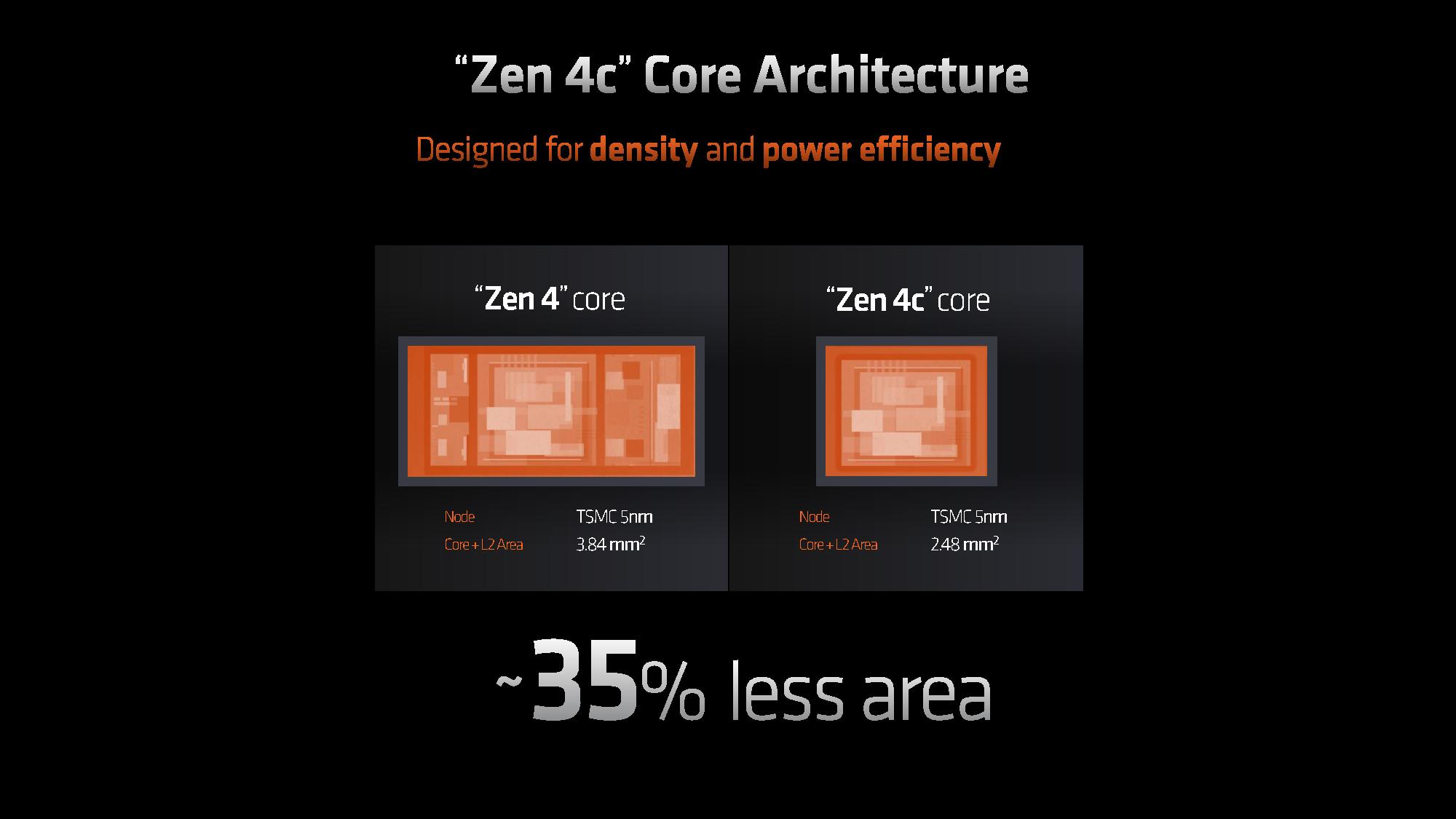
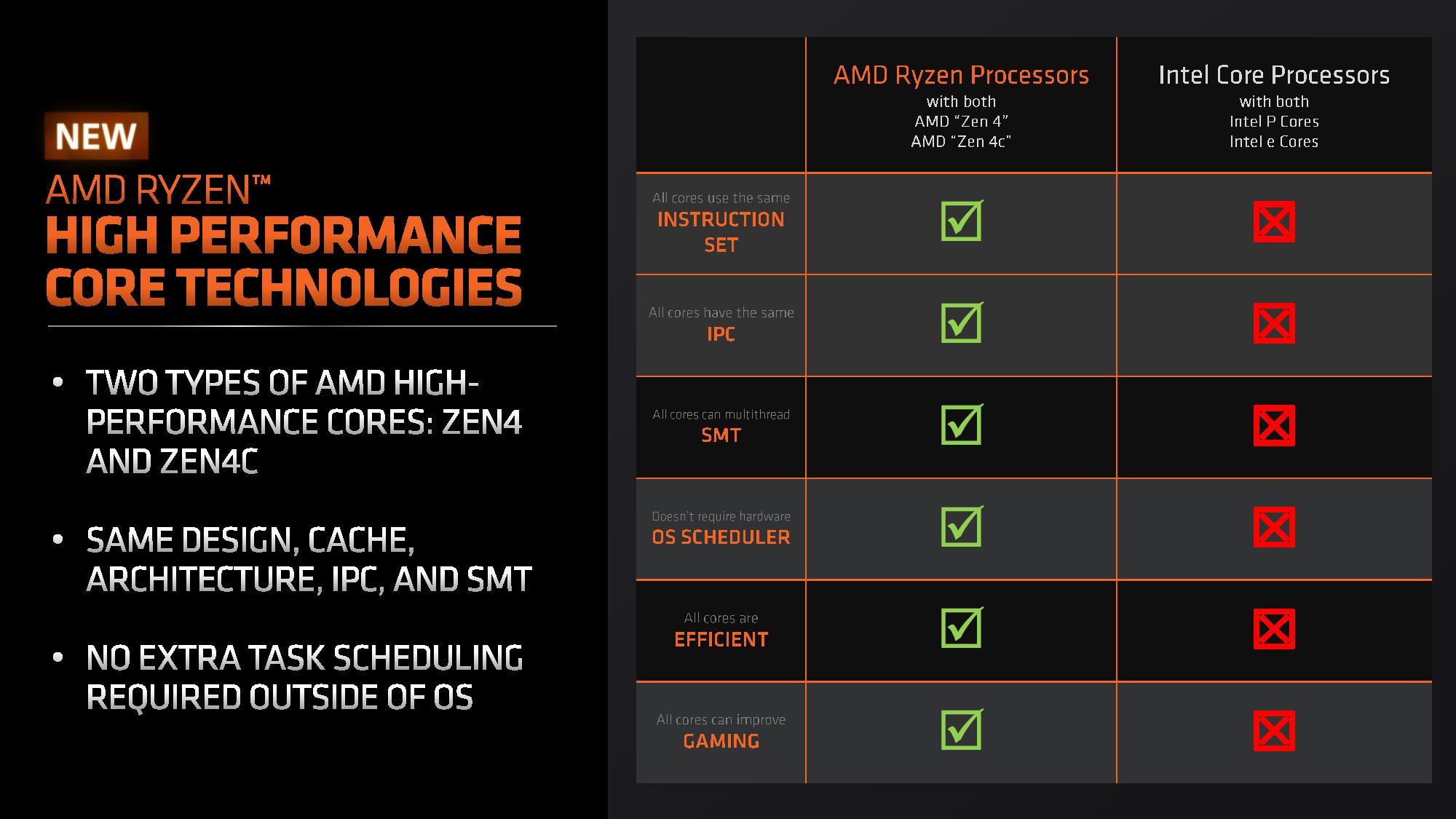
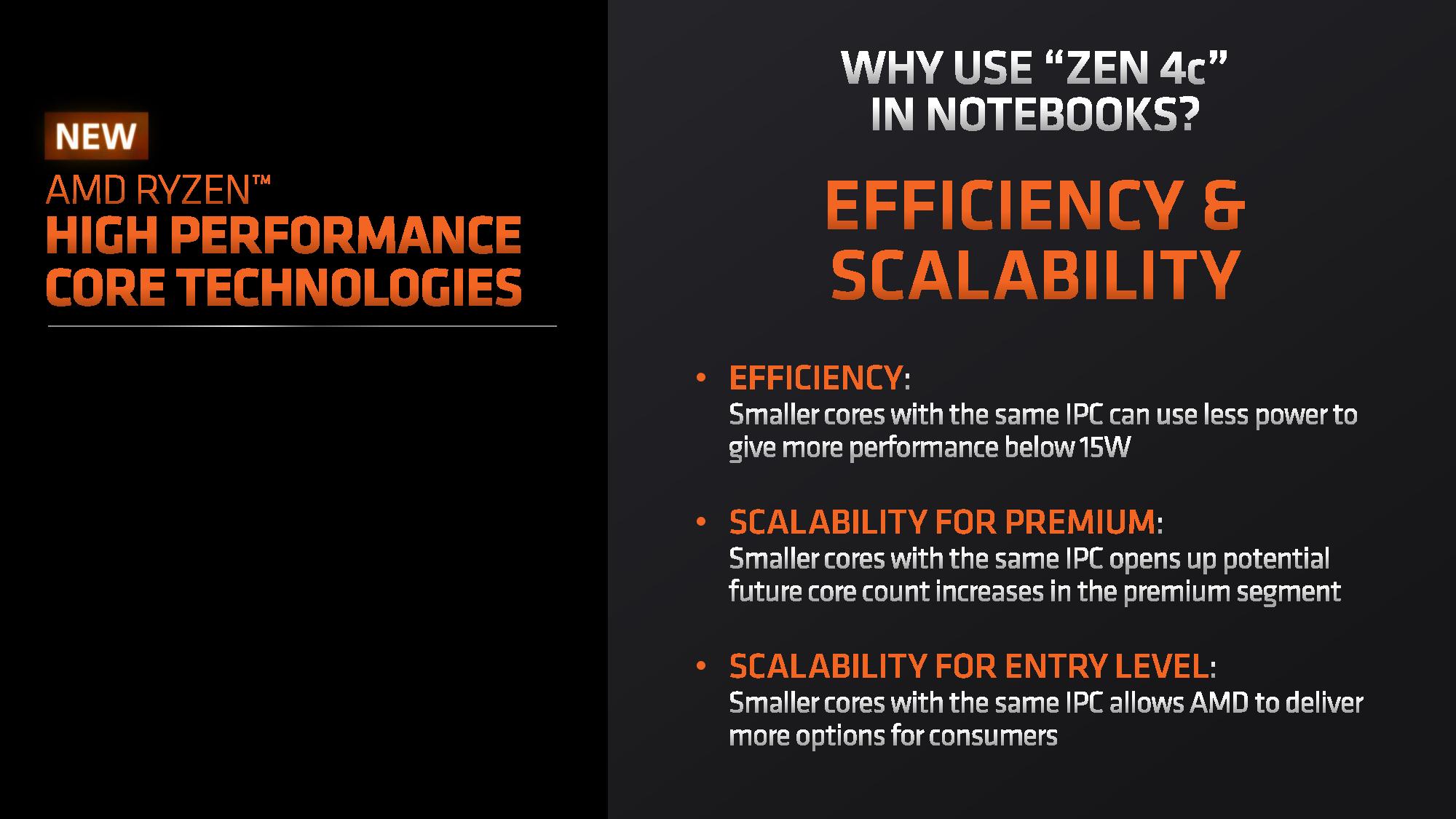
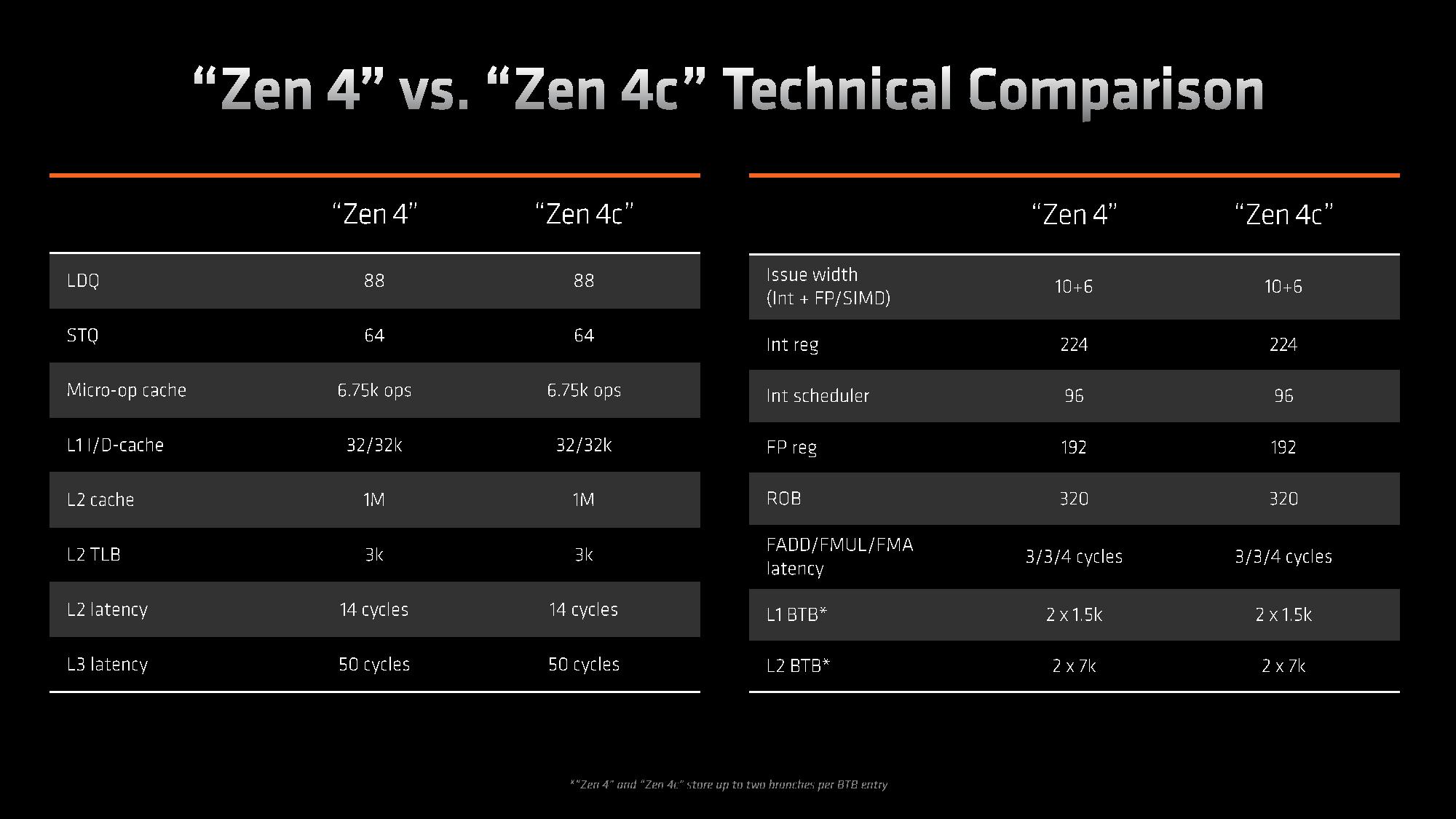

I agree with the point that AMD's approach to its x86 hybrid strategy isn't the same as Intel's E-core approach — in many respects, such as delivering the same IPC and instruction set support for both types of cores, AMD's approach is superior and makes a lot more sense, thus avoiding the numerous stumbles Intel had as it implemented two different core microarchitecture in its products.

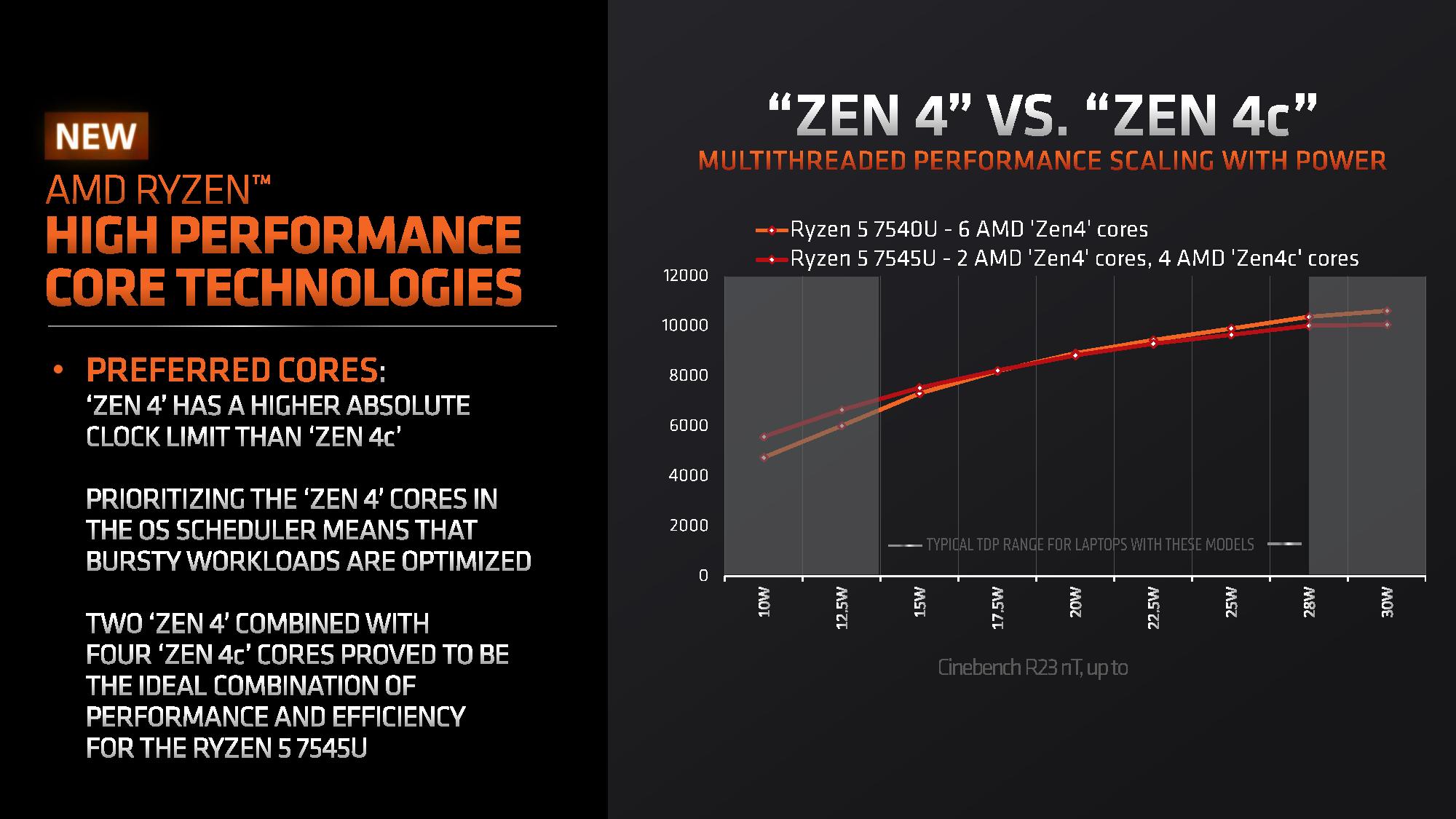
However, while Zen 4c is arguably a superior approach and inarguably a result of incredibly clever engineering, the space-optimized Zen 4c cores do operate at slower speeds than standard cores, and AMD's customers deserve clear communication about the specifications of the product they're buying.
We followed up with AMD after the event, and it says it will begin disclosing Zen 4c clock rates soon. It will also incorporate the number of Zen 4c cores into its main product specification listings, both of which are welcome improvements. The first step is to prepare its website to accommodate the new listings, an effort we are told is currently underway and is expected to take roughly a few weeks. We'll follow up on this topic when the listings become active.
Get Tom's Hardware's best news and in-depth reviews, straight to your inbox.

Paul Alcorn is the Editor-in-Chief for Tom's Hardware US. He also writes news and reviews on CPUs, storage, and enterprise hardware.